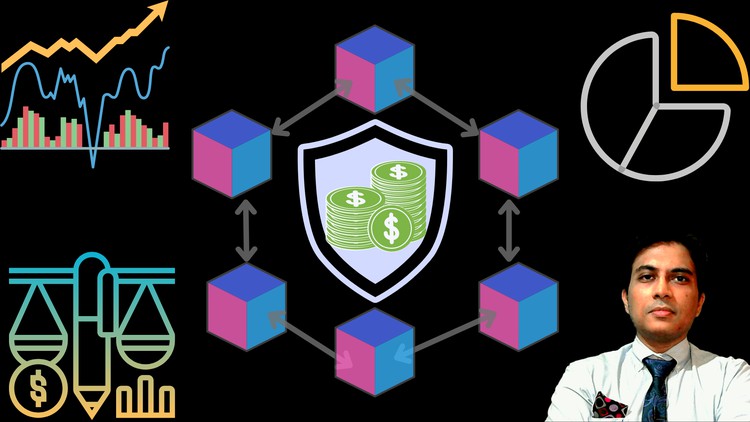
Description
On 15th September 2022, finally, the Ethereum merge happened and with that Ethereum is now a proof-of-stake blockchain.
Now, as the crypto winter sets in, the interest for staking will likely be high as staking allows investors to earn a passive return without selling their crypto assets at the prevailing low prices.
But, this course is not an investment course. This course rather looks into how a proof-of-stake system works and its internal economics of it.
While there is a lot of chatter and speculation about how much return proof-of-stake blockchains generate, how these returns are generated and how sustainable these returns are often very obscure. To understand how the returns are generated through proof-of-stake (PoS) we need to understand how PoS works.
This course will look into how PoS consensus actually works, how PoS systems are different, different types of PoS consensus mechanisms, apart from the internal economics of the proof-of-stake systems and what drives the incentive mechanism of these systems.
While we will cover some concepts related to staking as a crypto investment strategy, that is not the focus of the course.
This course covers:
- Primer on Ethereum Merge
- Major Proof-of-Stake Blockchains
- Role of Staking in crypto investing
- Role of consensus in blockchain design
- Anatomy of a Proof-of-Stake
- Proof-of-Stake Economics – Overview
- Proof-of-Stake Economics – Ethereum






